Birnwell Mine Bow City
A series of ponds mark the site of the Birnwell Mine in Bow City Alberta. These scars from long ago are reminders of a time when men and machine toiled away in search of coal. There’s no buildings left behind, no old equipment either and it’s just these curious water filled pits. Here on a low shelf by the Bow River, present day it’s quiet and still yet in times past anything but. With nature reclaiming the site, it’s not shadows of a gritty industrial complex, but a place serene and not without beauty.
Owned by Kleenbirn Collieries (Colliery = a mine plus the associated plant – origins: UK), the craters seen date from the 1930s-1960s period. Before that time and sometimes concurrent (early on), they had a few smaller underground operations in the area but in output they were quite modest. These below ground workings collectively functioned as the Kleenbirn Mine and along with those on the surface all appeared to exploit the same seam.
Birnwell Mine Bow City: in search of coal. Presented by Chris Doering & Connie Biggart (BIGDoer/Synd)
Do the same…
The company produced domestic coal used for home heating and cooking (common in the day) and the resultant product then shipped out on the railway, located a bit to the east. To see what’s left of the loading tipple, where the material was transferred to trains, go here: Bow City Coal and Kitsim Siding.
The coal at the Birnwell Mine was on average about fourteen metres down, so comparatively shallow. Here they had it easy and we suspect that gave them a competitive price advantage. The seam averaged about one and a half metres, so a bit on the thin side for commercial mines, but still quite workable. A quick tally shows operating mines in the province work seams greater than two metres generally, often much more, with some in the front ranges quite a bit thicker.
While surface mining stated here about 1932, only after the War did they do so on a large scale. Operating into 1963, in those three decades they produced some 1.15 million tonnes of coal. To put it into perspective that’d be tens of thousands of rail cars worth (of the day). While that’s a lot, it’d be a drop in the bucket when compared to the mega-mines of now. Current ones in Alberta produce steam coal, for power generation, and a lot of met coal for steel making, much of which goes overseas.
Domestic coal fell out of favour by 1960s with natural gas then taking over. And that’s what killed the Birnwell Mine – they had no other market. Still, they dug a new pit a click or so to the north with the closing of this one and sporadic mining took place there into the early 1970s to serve the every shrinking demand. In a decade they extracted some forty thousand tonnes and that’s a mere blip when compared to before. The rail tipple closed by the late 1950s and any production afterwards went out exclusively by truck.
There’s still lot of coal in the ground here and in the latter half of 1980s, and again in the around 2005-2008, some test mining and sampling took place on the property. With coal a hot potato nothing came of this, but even into the 2010s the property remained in the hands of a mining firm. Looking at the proposal, they optioned a chunk of property of about five square clicks, so many times the size of the original Birnwell Mine. Although still small by the standards of today, with the coal easily extracted would come a real advantage. Interestingly a gravel pit operates on this property just north of the old pits.
What market they hoped to serve remains a mystery.
The coal here is of the Sub-Bituminous type so lower ranking in terms of heat output and could only be used present day for power generation purposes. You need hotter burning Bituminous or above for steel making.
By giving their product’s name a play-on-words spelling allowed Kleenbirn’s Birnwell brand to stand out among competitors. In some old papers the spelling Birnwel is used.
Overburden at the mine was stripped using a drag line which exposed the seam. From the working face the coal was then loaded onto trucks for delivery to the tipple some ten kilometres distance. Once there, it’d be cleaned and sorted and finally loaded on to rail cars. Generally speaking domestic coal would not travel far to market, so maybe a hundred kilometres or double that but rarely more. Back at the mine, old pits were often filled using overburden from those newly dug.
While chewed up by mining, grasses and flowering plants seem to grow well here and have taken over. Rocks of a type often associated with coal beds can be found scattered about and sometimes contain fossils. We didn’t see any though.
Bow City goes back to about 1910 and for a brief moment flourished. Coal was to drive the local economy, even if plans we’re in place to expand the industrial base. Big factories were envisioned and a railway to haul everything out, but all for naught. While the town (once promoted as the Pittsburgh of the North) floundered, the coal mining continued even if not always on a grand scale. It’s a cyclical business at best and while Bow City became a promoter’s dream it never lived up to the hype.
While technically in a place called Eyremore, it’s the name Bow City (officially across the river) that more often sticks when the mine is spoken of. Explaining this and for other interesting tid-bits, go here…Bow City townsite – with ForgottenAlberta.com.
There’s coal under big sections of Alberta but in most places it’s either too deep or for other reasons uneconomical to extract. But every now and then, like how it played out in Bow City, things fell together. With the material both close to the surface and of sufficient quality and quantity, came so many hopes and dreams. For the town it didn’t work out in the end, but for those employed at the mine, things were a bit rosier. The Kleenbirn firm operated for fifty plus years and that’s not bad.
Here’s a useful search term if want to know more: Bow City Alberta History.
Stay tuned for more good times.
They’re saying…
”If you grew up on the prairies, (or even if you didn’t) you are going to love what Chris and Connie do. Part urban explorers, part historians, part documentarians, and some intrepid traveller, makes this site interesting, educational, and addicting. Highly addicting.” James Churchill.
More mining history…
Hillcrest-Mohawk #5.
Yankee Girl.
Upper workings of the St Eugene.
For more information on what you’ve seen here feel free to contact us!
Date of Adventure: August, 2020.
Location(s): Bow City, AB.
Article references and thanks: Alberta Energy Regulator.
Sections of the the Birnwell Mine lands are presently accessible to the public.
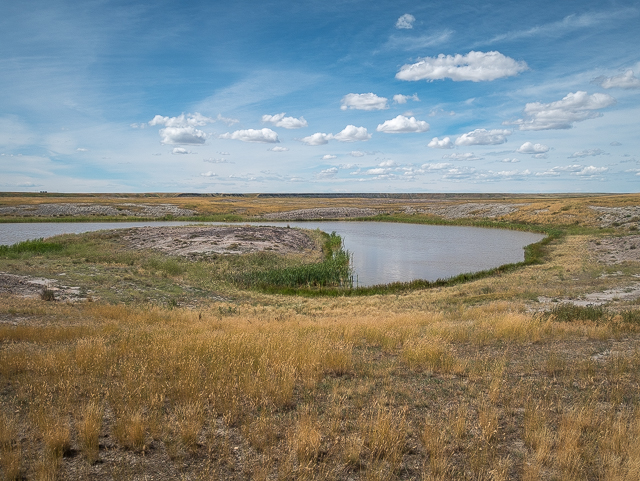
Remains of the Birnwell Mine Bow City Alberta.
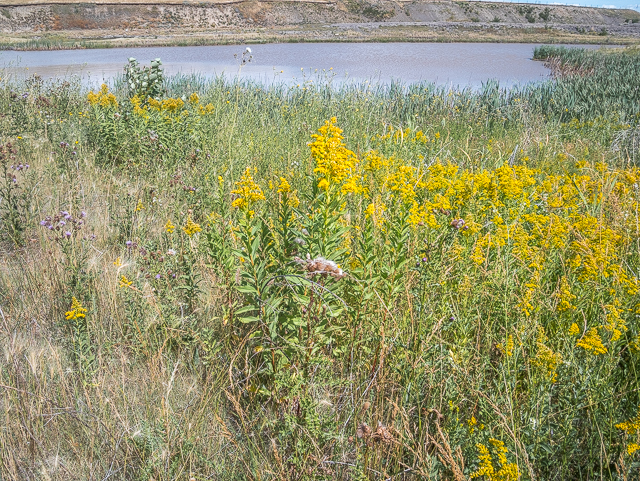
Nature’s working to take it back.
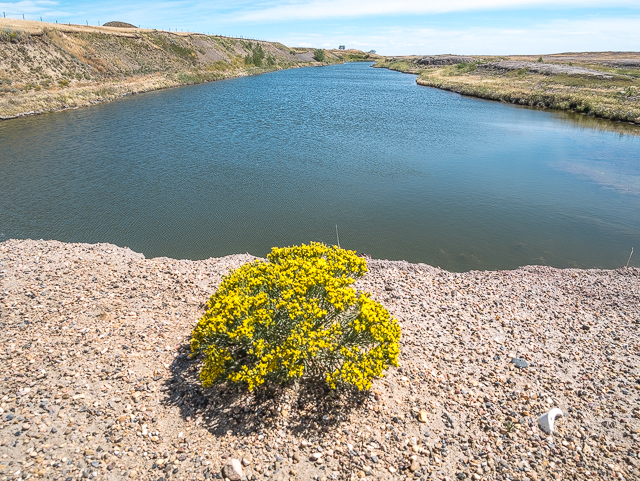
The pits are now filled with water.
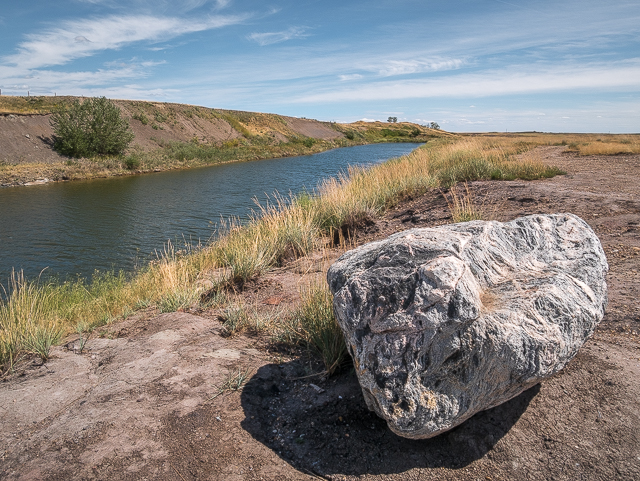
Rocks like this can contain fossils.
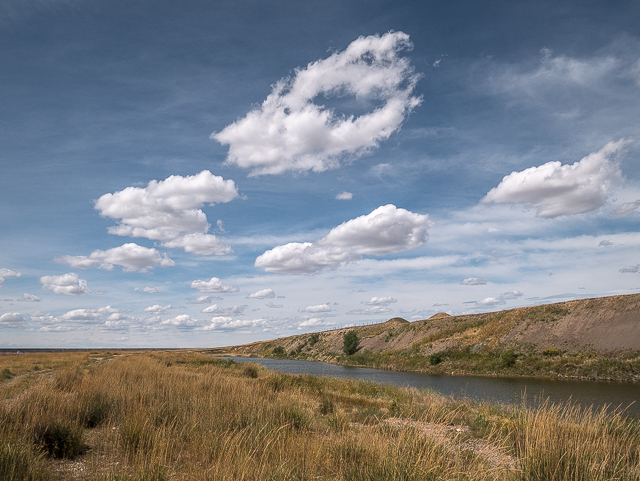
They last worked this section in the ’60s.
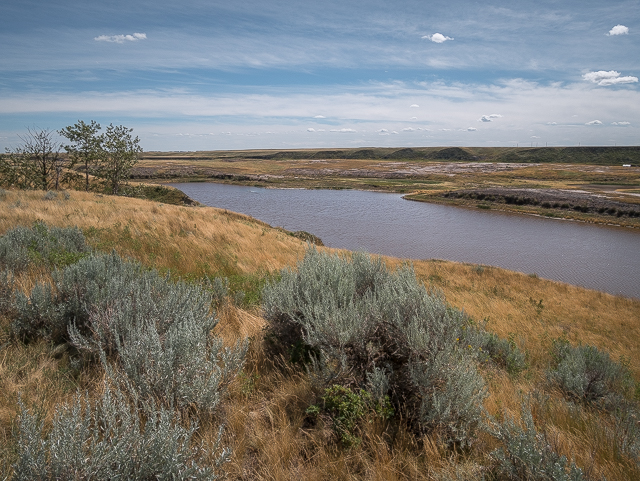
There’s still lots of coal in the ground.

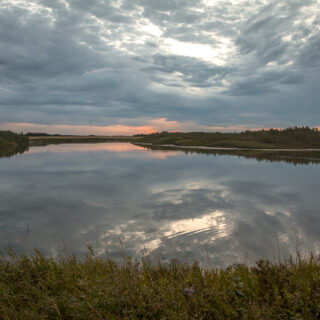
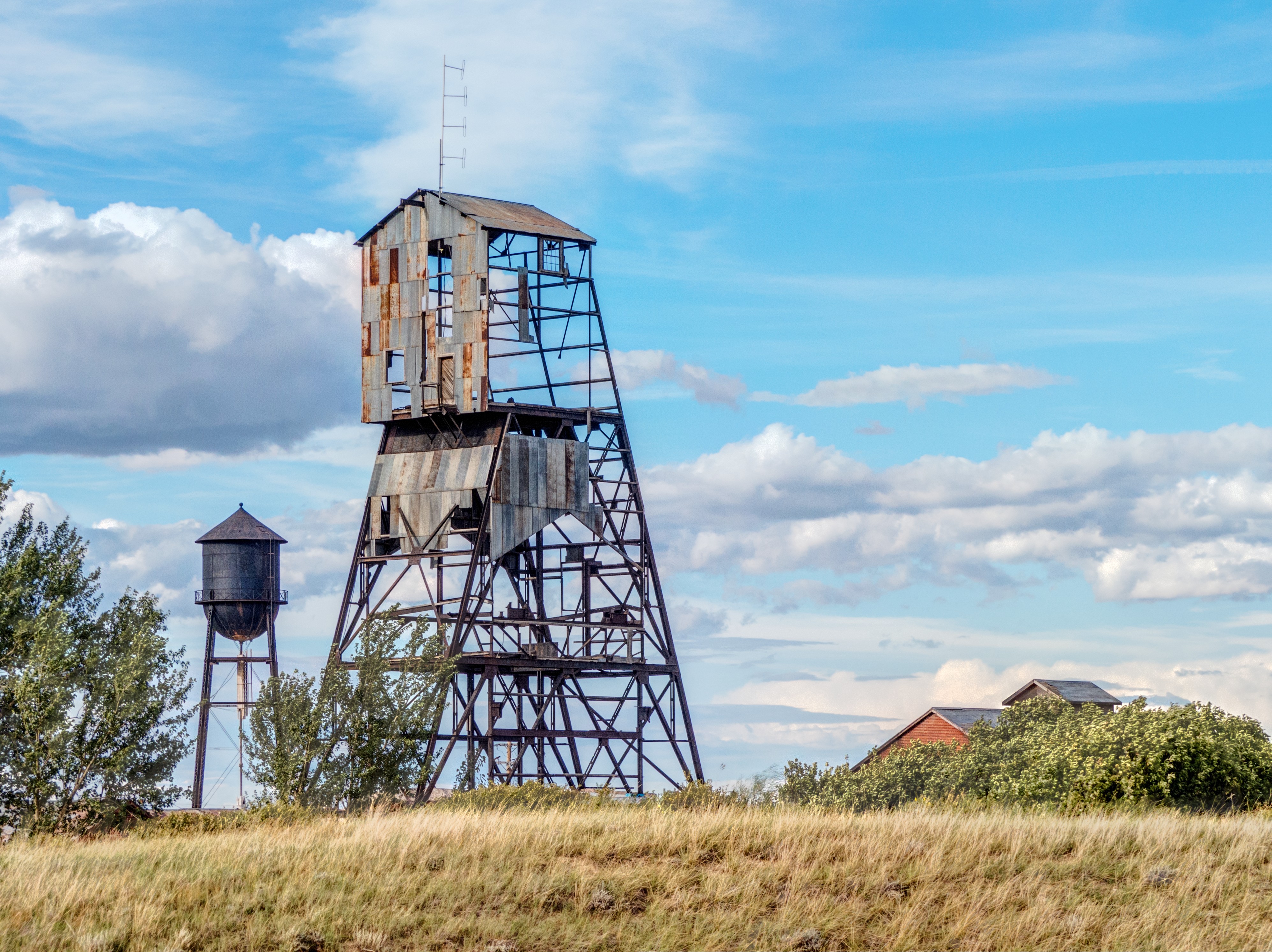
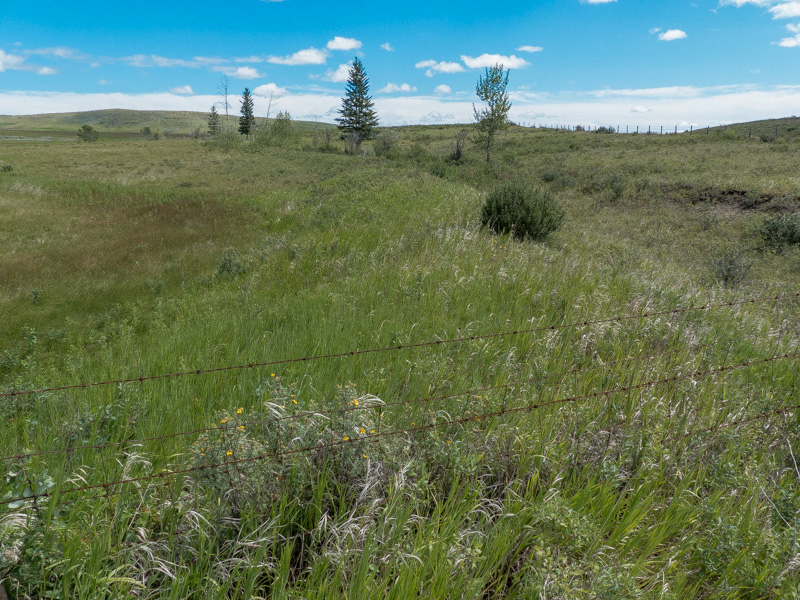
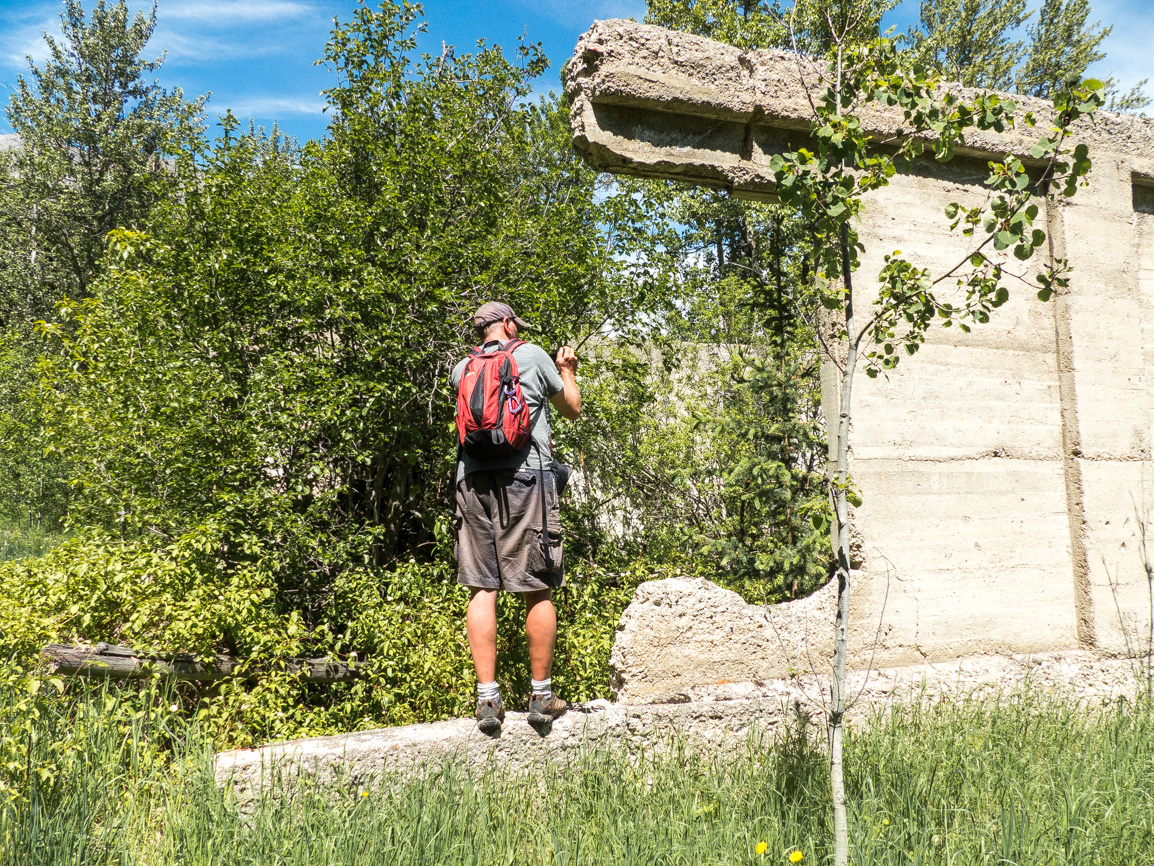
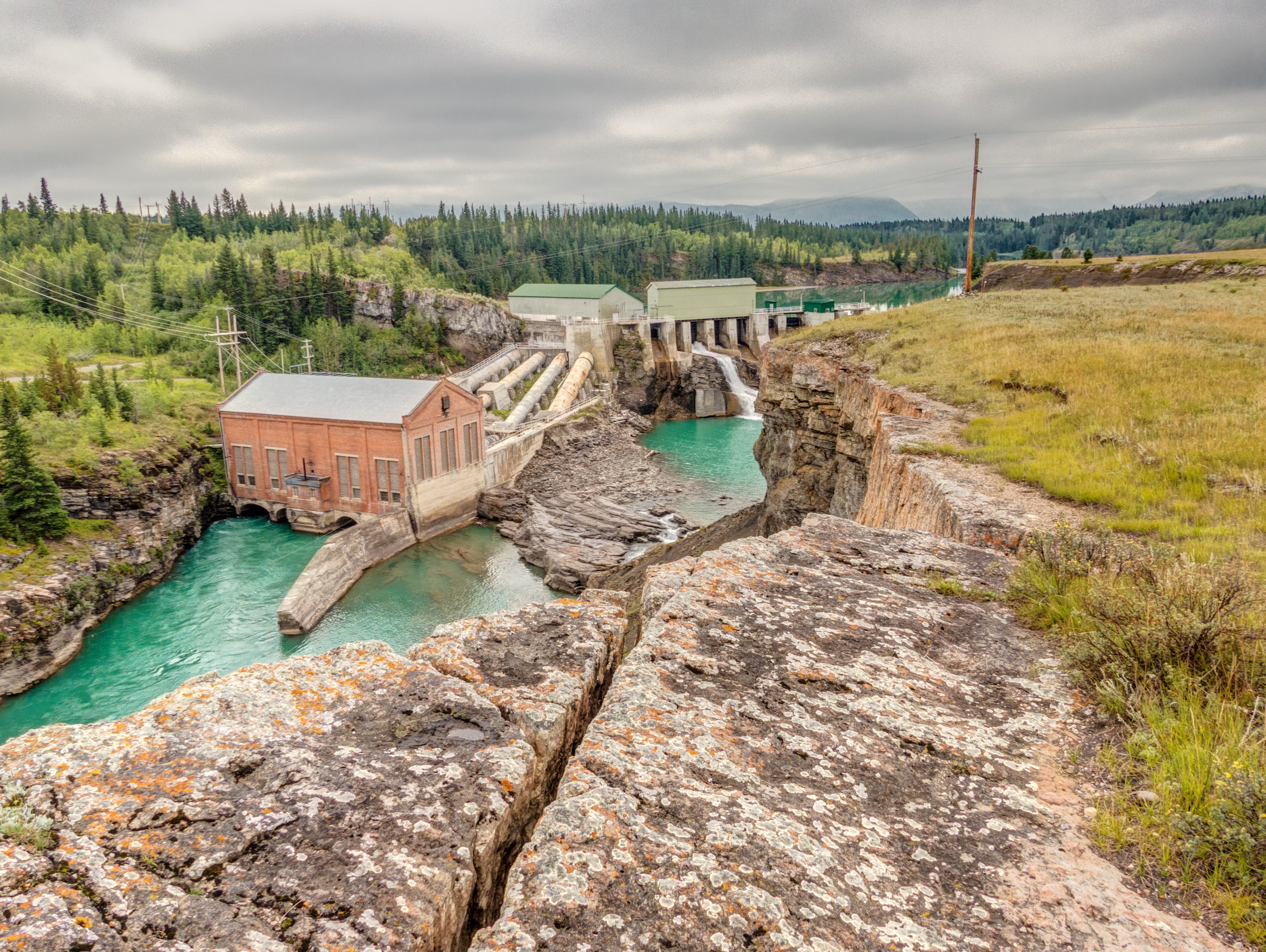
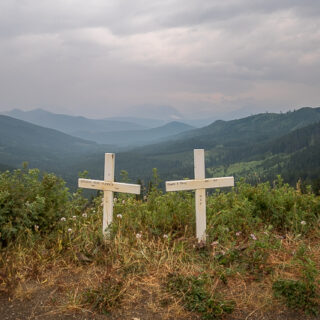
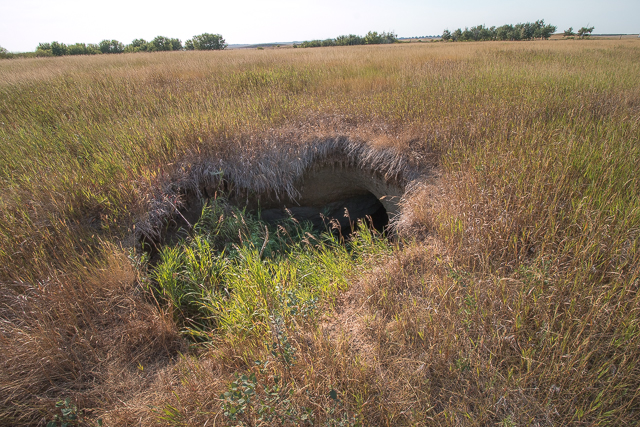
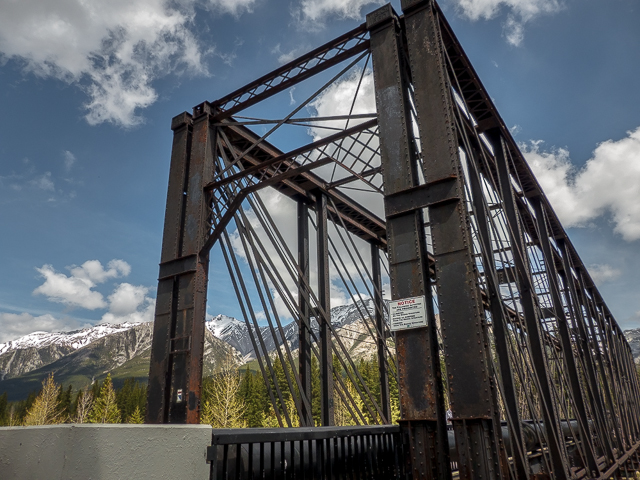
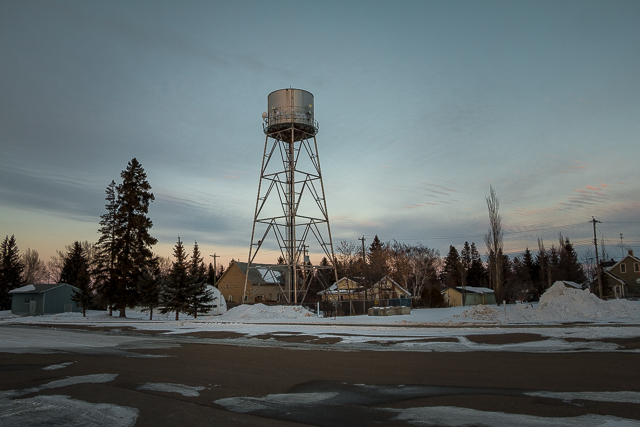
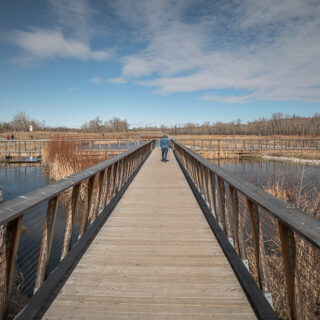
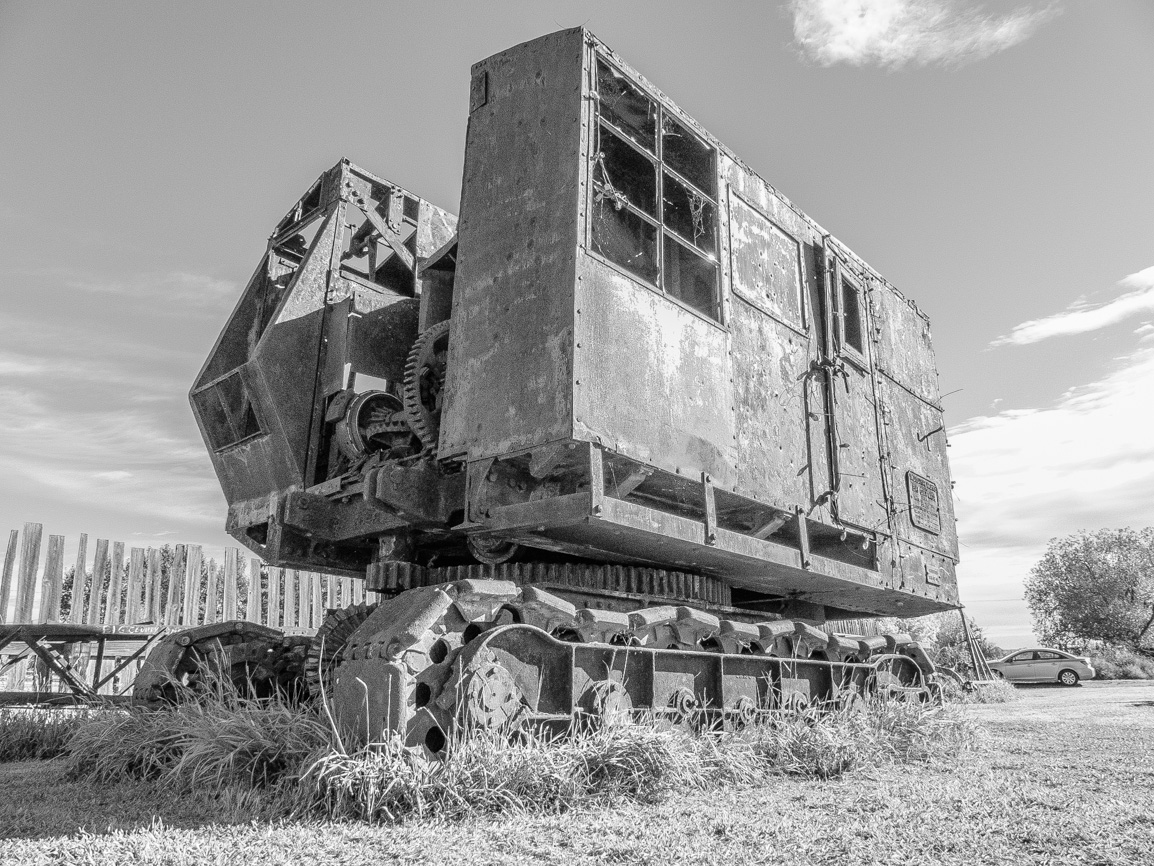
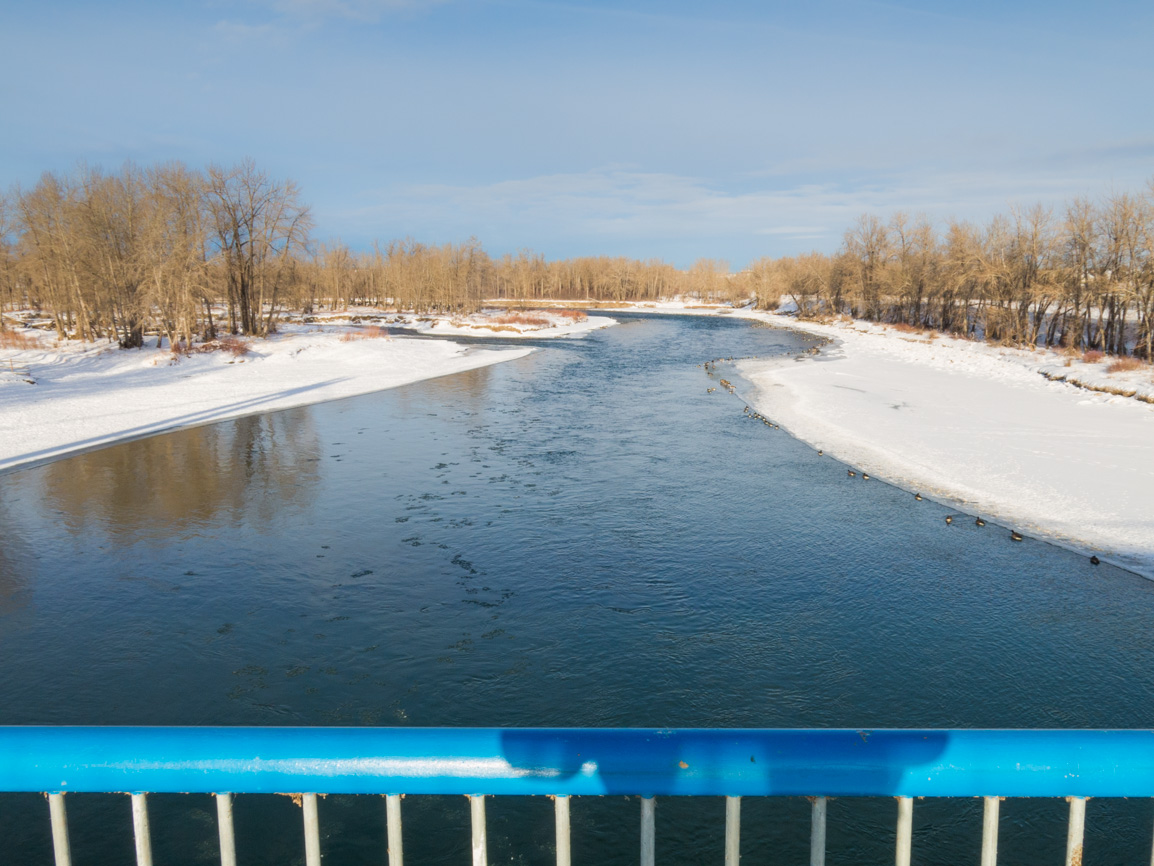







Nice work!
Thanks for tagging along.
There are very sizeable coal seams in the area. In the early 2000s the area was touted as a possible location for a new coal fired generating plant but those plans didn’t materialize.
Yes, we’ve seen that. And it’s mostly close to the surface too, an added advantage.
Interesting!
Thank you!
Love your pictures – lived to be 81 and never got to use coal.
Glad to hear that, and I suspect you didn’t miss anything. Coal’s pretty stinky for one.
My Italian grandfather mined domestic coal w one of his brothers in the Forty Mile Coulee area near Bow Island.
How cool is that!
Any fish in there ???
We’re not sure, but we suspect there might be. Any experts out there care to chime in?
Interesting read Chris, thank you for your article.
It was our pleasure to share it with you.
Lovely photos.
Thank you!
I like the scene, I like the story. Thank you.
You. Are. WELCOME!
A GOD given gift going to waste.
The coal? The recreation possibilities? Sorry, we’re not sure what you mean.
Very interesting!
I know! But I suspect you and I are pretty much the only ones who are into this kind of stuff.
Probably true in that aspect!
Nay! Count me in! I drove this way around 15 years ago for the first (and possibly last) time, but didn’t stop to explore this close. As always, thank you! I enjoy reading your articles!
Our ranks are growing! Mining history is a favourite and it takes little motivation for us to write about it. It makes us to happy to hear that you’re enjoying our work.